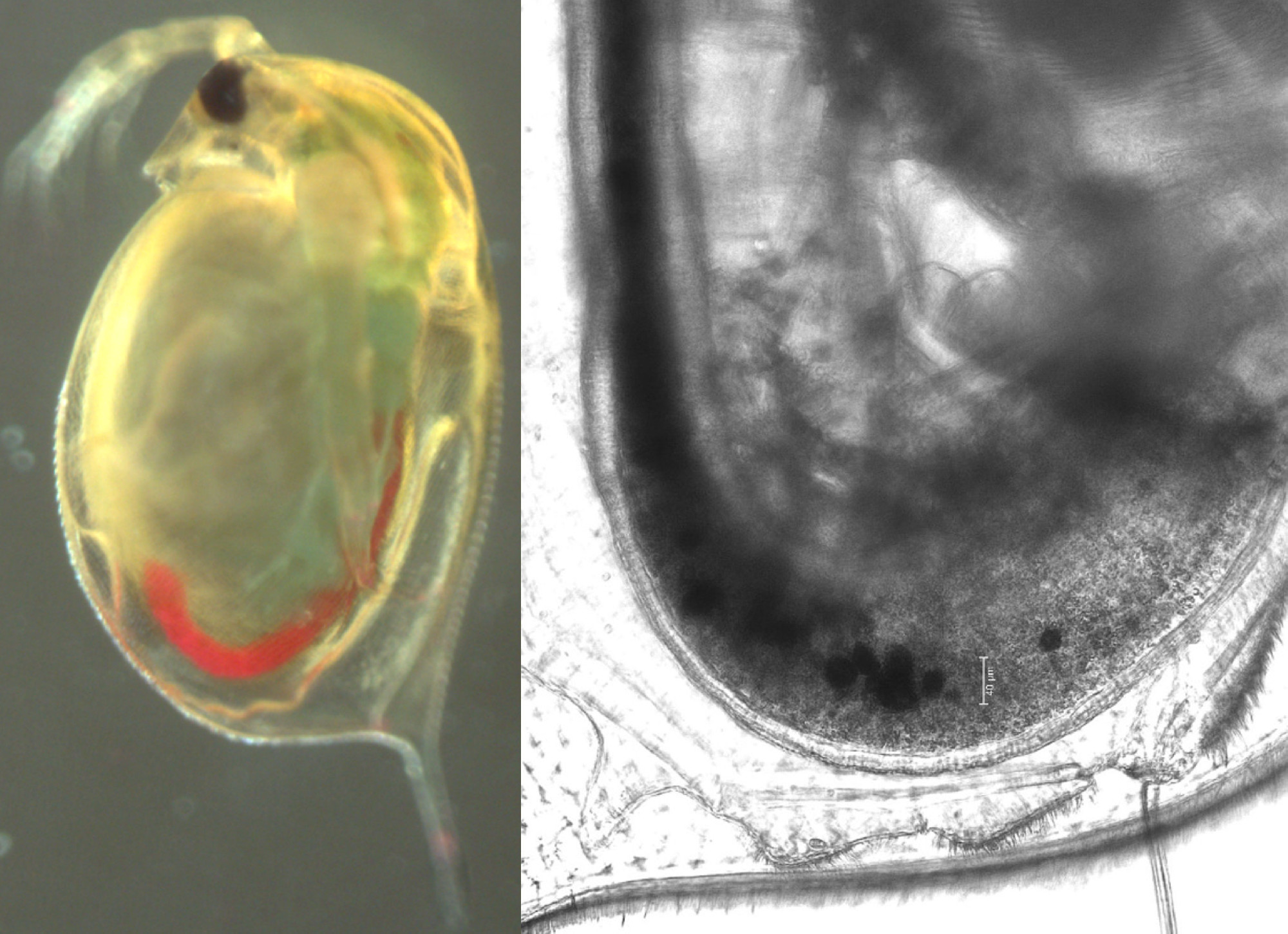Lake Balaton contains ten times less microplastics than the most polluted natural waters in Hungary
There are 21 microplastic particles in one cubic meter of Lake Balaton water, while in the Kis-Balaton, this number is around 7-8. In the Bodrog River, which recently underwent a major cleanup, 214.8 plastic particles were counted. Microplastics can't really be neutralized for now; experts at the HUN-REN Balaton Limnological Research Institute believe that prevention is the most effective way to keep our natural waters plastic-free.

Although most of the surface water entering Lake Balaton comes from the Zala River, the majority of pollution does not come from here but rather from the smaller tributaries. In the latest research, measurements were taken at eight locations in two basins of Lake Balaton. Researchers from the HUN-REN Balaton Limnological Research Institute (BLKI, Tihany), in collaboration with researchers from the Hungarian University of Agriculture and Life Sciences (MATE, Gödöllő), investigated microplastics in the 50-micrometer to 1-millimeter range.
Using various technologies and in multiple steps, they filtered one cubic meter of water and identified seven types of plastics within the examined size range. The most common plastics were polypropylene (PP), polystyrene (PS), and polyethylene (PE), which primarily entered the water from sources such as plastic foils, PET bottles, plastic bags, clothing, and insulating materials (such as styrofoam).
The research was extended to the Kis-Balaton as well, in order to compare the data from the two bodies of water. In the Kis-Balaton, researchers found an average of 7-8 microplastic particles per 1,000 liters of water, while in Lake Balaton, this number was 21. 'The latter figure may not be considered excessively high, although in a study of 67 European lakes, researchers counted an average of 7.3 particles, albeit they used a different size range (between 310 micrometers and 5 millimeters) and different methods. At the same time, it is important to note that freshwater lakes are less studied compared to seas, oceans, and rivers for now," said Réka Svigruha, a scientific associate at HUN-REN BLKI.
The researcher added that, based on available data, the number of microplastics in European rivers can range between 0.03 and 187,000 particles per cubic meter of water. Interestingly, a recent figure was reported for one of Hungary's most polluted waters: in the Bodrog River, 214.8 microplastic particles were measured per cubic meter of water, which is ten times more than what was recently recorded in Lake Balaton.
According to Réka Svigruha, research aimed at breaking down microplastics using various microorganisms, such as bacteria and fungi, is still in its early stages. For this reason, the researcher emphasizes the importance of prevention. She suggests improving filtration systems at wastewater treatment plants and believes we should use plastic products much more consciously, especially during summer festivals held near water bodies.
The reduced use of plastic around waterfront areas is also justified by the fact that plastics can easily enter the human body through food chains. Researchers at Lake Balaton conducted experiments with water fleas (Daphnia magna), feeding them various types of microplastics. The study revealed that microplastics affect the growth of these tiny creatures and negatively impact their reproduction. Water fleas ingest microplastics thanks to their their filter-feeding lifestyle, but they do not gain any nutrients from them. "Through them, these tiny particles can make their way into the food chain via fish, which, in the long run, could disrupt the stability of the natural ecosystem," emphasized the researcher from HUN-REN BLKI.

What are microplastics?
Microplastics are particles smaller than 5 millimeters. Their sources often include fibers from washing clothes, tiny particles found in cosmetic products, or the byproducts of the slow degradation of plastic foils, bags, and bottles through physical and chemical processes. These particles have recently been detected in animals and even in the human body.
Interesting facts about microplastics:
- 450 million tons of plastic are produced annually, and it is estimated that this number could quadruple by 2030.
- Every minute, 1.5 tons of plastic enters the Mediterranean Sea.
- A single tube of facial cleanser can contain up to 300,000 tiny plastic particles.
- During an average laundry wash, approximately 700,000 microfibers are shed from our clothes.
- Chinese researchers have detected microplastics in sea salt samples, and in Germany, they have been found in bottled beers.
- According to Austrian studies, the Danube transports 530–1,500 tons of microplastics annually.
- The decomposition time for plastic bags can range from 200 to 1,000 years.
(Source of data: HUN-REN BLRI, MATE)

